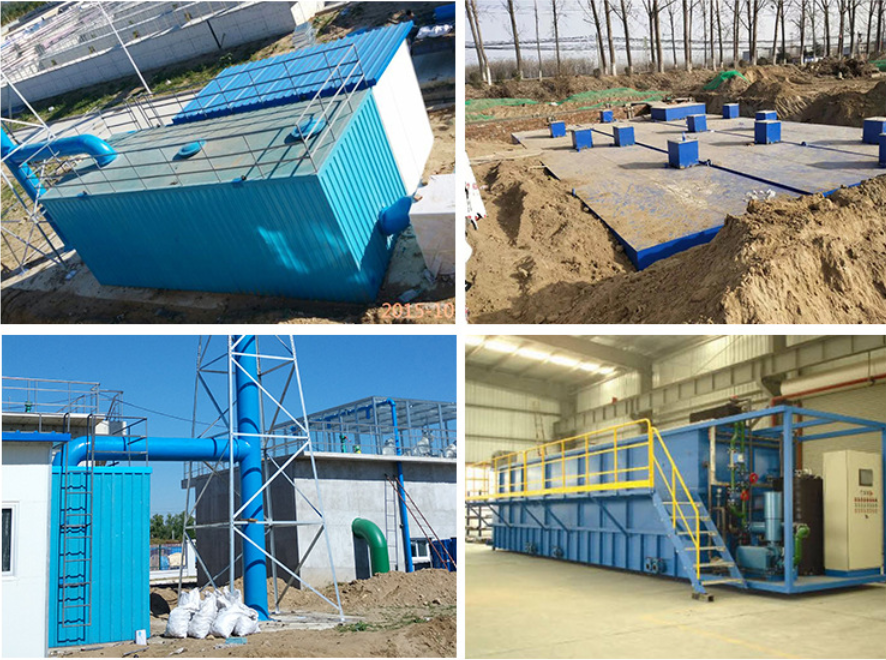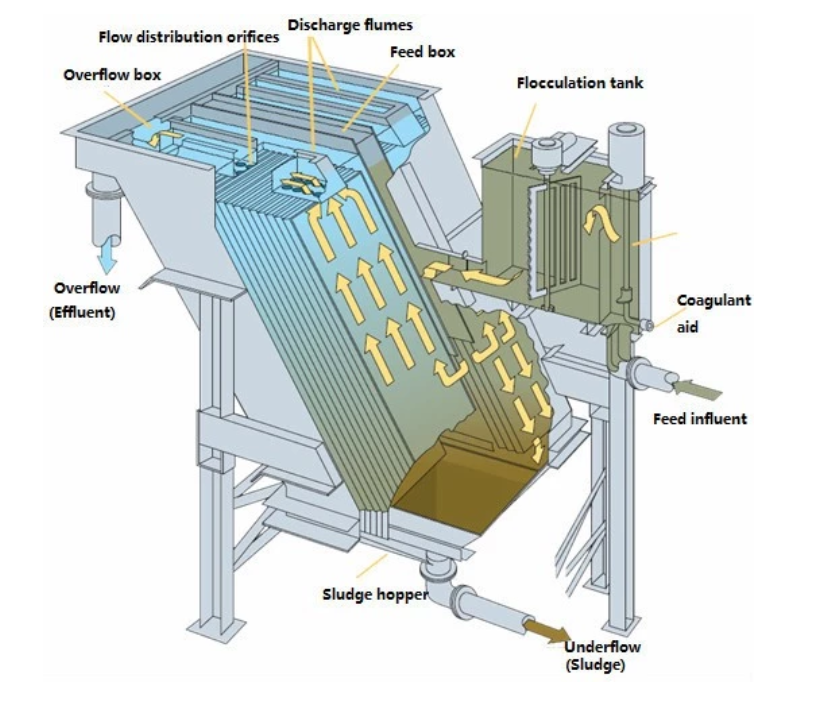Benenv Co., Ltd |
|
Verified Suppliers
|
|
Industrial Grey Water Recycling Systems Domestic MBR RO Wastewater Treatment Tank
Application

Wastewater reuse
Wastewater can be a valuable resource in cities or towns where population is growing and water supplies are limited. In addition to easing the strain on limited freshwater supplies, the reuse of wastewater can improve the quality of streams and lakes by reducing the effluent discharges that they receive. Wastewater may be reclaimed and reused for crop and landscape irrigation, groundwater recharge, or recreational purposes. Reclamation for drinking is technically possible, but this reuse faces significant public resistance.
There are two types of wastewater reuse: direct and indirect. In direct reuse, treated wastewater is piped into some type of water system without first being diluted in a natural stream or lake or in groundwater. One example is the irrigation of a golf course with effluent from a municipal wastewater treatment plant. Indirect reuse involves the mixing of reclaimed wastewater with another body of water before reuse. In effect, any community that uses a surface water supply downstream from the treatment plant discharge pipe of another community is indirectly reusing wastewater. Indirect reuse is also accomplished by discharging reclaimed wastewater into a groundwater aquifer and later withdrawing the water for use. Discharge into an aquifer (called artificial recharge) is done by either deep-well injection or shallow surface spreading.
Quality and treatment requirements for reclaimed wastewater become more stringent as the chances for direct human contact and ingestion increase. The impurities that must be removed depend on the intended use of the water. For example, removal of phosphates or nitrates is not necessary if the intended use is landscape irrigation. If direct reuse as a potable supply is intended, tertiary treatment with multiple barriers against contaminants is required. This may include secondary treatment followed by granular media filtration, ultraviolet radiation, granular activated carbon adsorption, reverse osmosis, air stripping, ozonation, and chlorination.
The use of gray-water recycling systems in new commercial buildings offers a method of saving water and reducing total sewage volumes. These systems filter and chlorinate drainage from tubs and sinks and reuse the water for nonpotable purposes (e.g., flushing toilets and urinals). Recycled water can be marked with a blue dye to ensure that it is not used for potable purposes.

Specifications and Models
| Model | WSZ-AO-3 | WSZ-AO-5 | WSZ-AO-10 | WSZ-AO-15 | WSZ-AO-20 | WSZ-AO-25 | WSZ-AO-30 | WSZ-AO-50 |
Water in BOD5(mg/L) | 200 | |||||||
Water out BOD5(mg/L) | 10 | |||||||
| Capacity(m³/h) | 3 | 5 | 10 | 15 | 20 | 25 | 30 | 50 |
| Weight(t) | 9 | 16 | 35 | 41 | 48 | 54 | 60 | 85 |
Packing and Delivery
1.The normal package is plastic cloth for main machine and wooden for parts.The wooden box will be fumigated, can also pack it according to customers special request.
2.The normal package is plastic cloth for main machine and wooden for parts.The wooden box will be fumigated, can also pack it according to customers special request.
